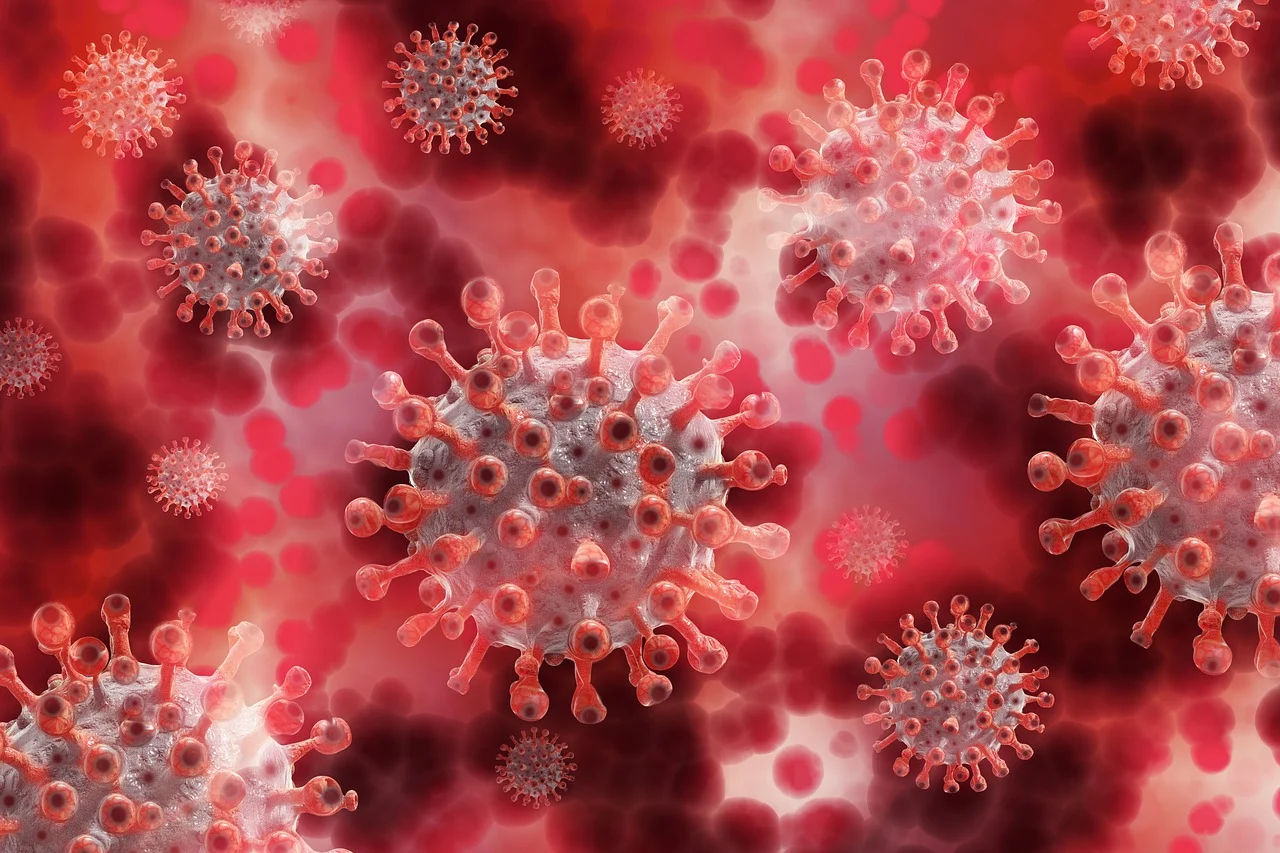The latest mutation of coronavirus (Omicron), which was first detected in South Africa, has a higher rate of transmissibility, according to Maharashtra health minister Rajesh Tope. However, the symptoms it causes are minor. On Saturday, he said, “The Omicron variant of coronavirus has a higher transmissibility rate, but its symptoms are mild.”
He also claimed that the Omicron variant has so far had no effect on the fatality rate. “No one in South Africa, infected with the Omicron variant, has been put on oxygen. It has not increased the fatality rate so far,” the minister said.
Tope urged people not to be alarmed by the new variant’s appearance, and instead to continue wearing face masks and adhering to social distancing rules. He also urged people who had not been vaccinated to do so.
Also Read | US-bound Air India flight returns to Delhi airport after passenger death
Tope had previously told the media that people’s fear of Omicron is understandable given their experiences with the first and second waves of COVID-19 infections. According to Tope, the third wave of COVID-19 could be Omicron, a highly transmissible variant. “The third wave could be of Omicron, even though it is mild [compared to the Delta variant] if we don’t take precautions,” Tope said in Jalna on Saturday.
On Saturday, a 33-year-old man from the Kalyan-Dombivli municipal area near Mumbai was confirmed to be infected with the Omicron variant of the coronavirus after returning from South Africa via Dubai. The man, who was described as a marine engineer, had not been vaccinated.
A 72-year-old NRI man from Gujarat was also infected with the new strain on Saturday. So far, four people have tested positive for the Omicron virus.
On Thursday, Karnataka reported the country’s first two cases of the Omicron variant of COVID-19, in a 66-year-old South African flyer and a 46-year-old Bengaluru doctor with no travel history. Both men had received all of their vaccinations.
The World Health Organization has designated the Omicron strain as a ‘variant of concern’.







